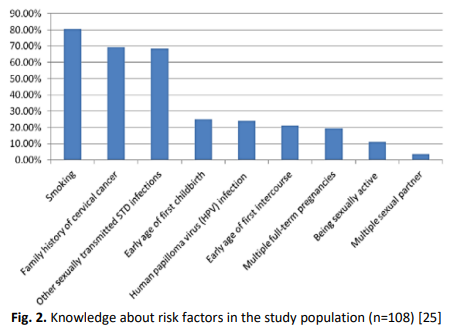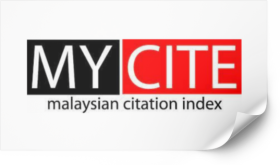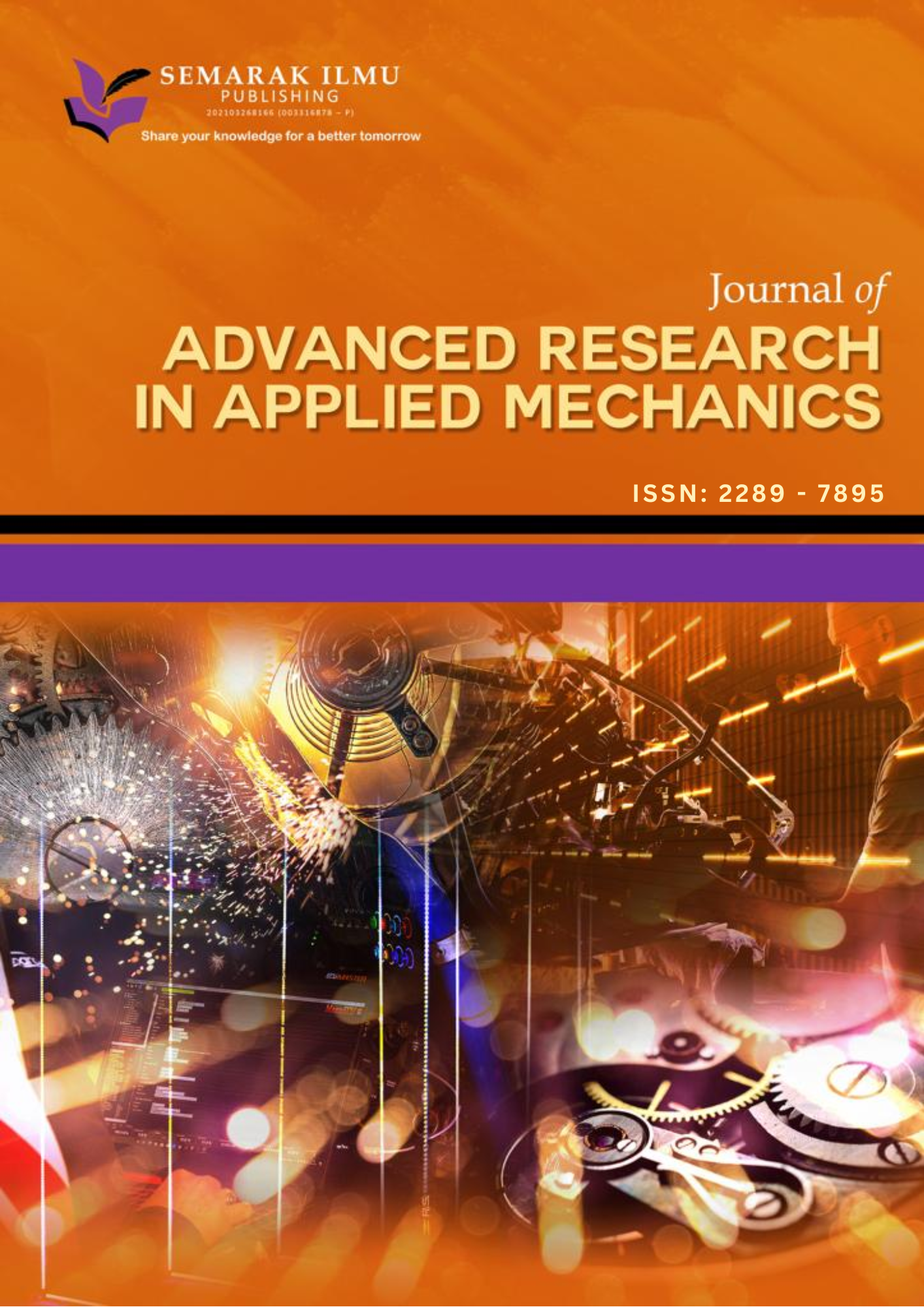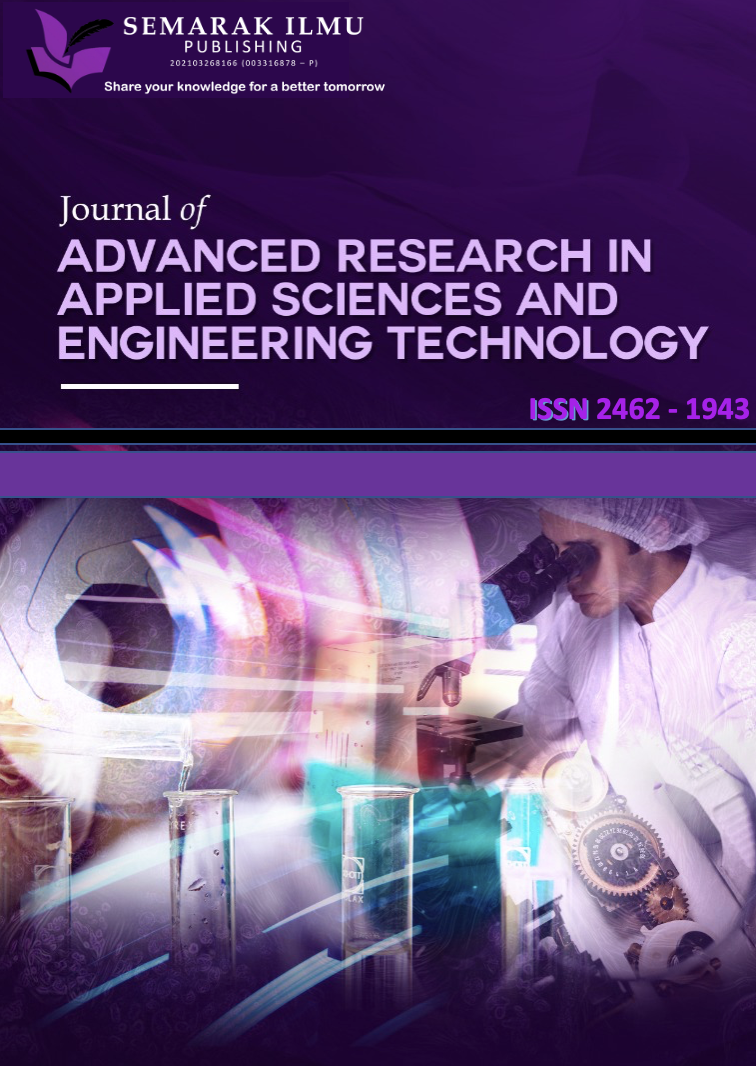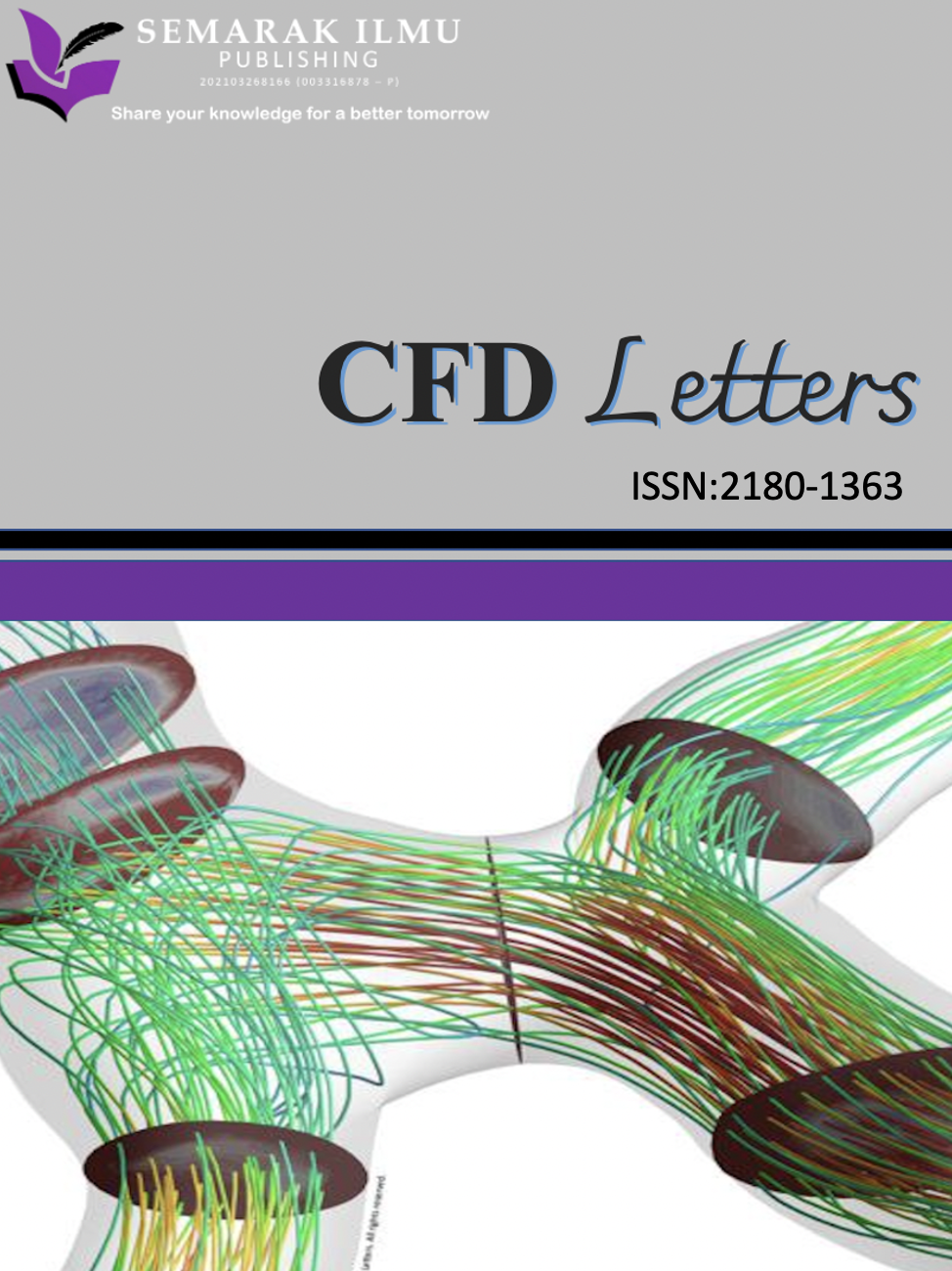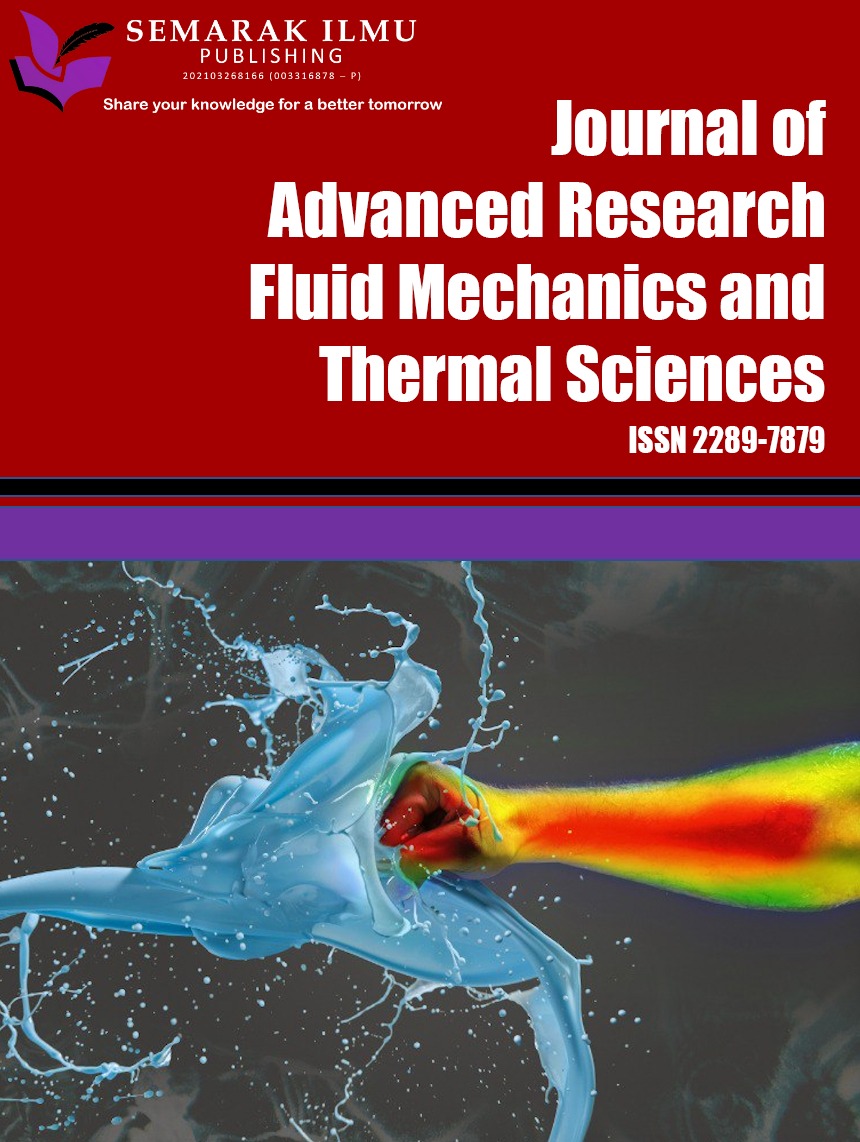Narrative Review of Cervical Cancer in Malaysia: Knowledge and Challenge
DOI:
https://doi.org/10.37934/ard.126.1.6980Keywords:
cervical cell, Cancer, Review, MalaysiaAbstract
According to the 2019 Malaysia National Cancer Registry Report (MNCR), 3,981 cases of cervix uteri cancer were diagnosed between 2012 and 2016, compared to 4,352 cases in the 2007-2011 report. The third most common cancer in women was cervix uteri cancer, ranked ninth in Malaysia, up from seventh in the previous survey. Over the last five years, the incidence rate has dropped from 7.6 to 6.2 per 100,000 people. Cervical cancer is the most prevalent disease among women. The Pap smear is the main technique for identifying potentially cancerous cells. The purpose of this research paper is to investigate women's knowledge and understanding of cervical cancer in Malaysia, attitudes toward cervical cancer (CC) among Malaysian women, and the challenges faced by medical professionals. The primary articles came from the two established databases, which are SCOPUS and Web of Science (WoS). The advanced searching focuses on two keywords: cervical cancer and Malaysia. Based on previous research, the study involves an overview of women's awareness and knowledge, a cross-sectional study, a self-sampling device, and perceived barriers to having a pap smear test in Malaysia. Furthermore, it was discovered that ethnicity promotes HPV vaccines, and MSPs may be given for medical students' programs aimed at preventing the spread of cervical cancer, as well as vaccination subsidies. Providers and academia should co-operate to raise immunization coverage. The majority of women surveyed in Malaysia are women between the ages of 21 and 60. In contrast to other research, there is still a shortage of understanding about cervical cancer, which has resulted in implicit cluelessness and negative perceptions toward it. Regarding the risk aspects, there are two well-known among Malaysian women: unprotected sexual partners and sexually transmitted infections. Participants are aware that a normal Papanicolaou (Pap) smear would detect cervical cancer and that an operation may be an option. Besides that, people in Malaysia have a modest understanding of Pap smears as a preventative measure to diagnose and prevent Cervical Cancer at a preliminary phase. In summary, most women in Malaysia understand the importance of the Pap test screening technique for early detection and operation as a cure. More initiative will be needed with the potential to increase understanding of women's perceptions to-wards cervical cancer.
Downloads
